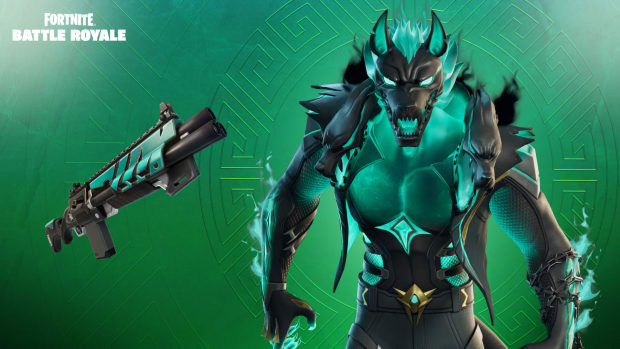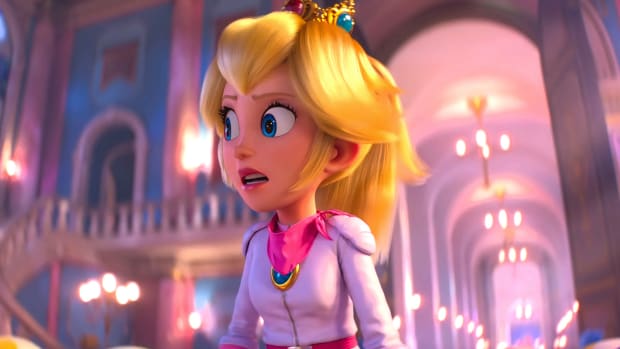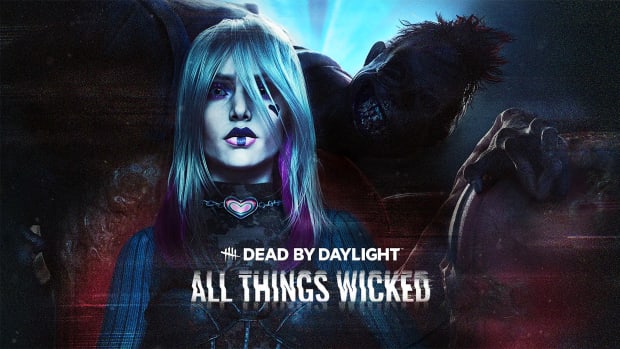
Overwatch 2's Invasion missions are a rough start to PvE
After spending a week with Overwatch 2’s story missions and hearing the design team explain their goals for the first round of the multiplayer game’s new PvE, I have to say they feel a bit lacking. My first impression is that these chapters, built on the scrapped remains of the original PvE expansion, play more like a batch of test ideas than a solid first step toward something new, and that didn’t really change after playing each of them several more times.
Mission structure and enemy design seem tentative, at least in the versions I played, and while the map designs are lovely, there’s not a whole lot to do with them.
The Rio de Janeiro mission plays like a standard action-shooter level, with waves of enemies culminating in a boss fight against a giant robot with very specific weaknesses. Exploiting those weaknesses involves a tedious, time-consuming pattern of luring it into the center of the room, dealing with more waves of enemies, and repeating the process. Then, it’s time to escape the ship, and the ending cinematic plays.
The same is true for Toronto and Gothenburg. The Toronto stage, an escort mission with limited visibility, is a brilliant change of pace, but it ends just as it starts getting into its stride. Gothenburg sees you activating the city’s defenses and fending off an attack from Null Sector, but you’re mostly just waiting around between waves of enemies.
I like the PvE cinematics, I really do. They’re animated and voiced exceptionally well, to the point where I’d love to see a full Overwatch animated special of some kind. But they almost take more time to get through than the actual missions, and while the character moments are nice, the actual narrative is a slightly shallow variation on “getting the gang back together” every time. There’s a hint of bigger problems brewing in the future, but it really just comes across like a prologue cut from something bigger right now.
Blizzard sees Overwatch 2’s PvE missions as vehicles for storytelling. Your character choice is limited to a select few in each mission, and senior designer Scott Lawlor and director of technical narrative Dylan Snyder say the reason for that is so these chapters tell more focused stories around these heroes.
It wouldn’t make sense for some heroes to work together from a narrative perspective, they said, and keeping the writing and recording scope manageable with a smaller cast means that, ideally, the team can reduce the time it takes to prepare new missions.
As for Null Sector itself, I can’t say I noticed much of the advanced AI systems and challenging combat the team spoke of. Fighting Null Sector is a lot like playing a Warriors game. There’s a herd of robots waiting around for you to shoot them, and while they aren’t especially difficult to defeat, they do often overwhelm you with numbers.
Some of the ‘bots in the Underworld mode that takes place on an expanded version of Kings Row have different abilities and fit into tank and support roles. Mostly they just absorb shots until they stop functioning. Combine that with repetitive objectives – the Rio boss fight, for example, or Stockholm’s pattern of move, find A Thing, fight, repeat – and you’ve got a set of challenges that are fine the first time, but don’t really give me much desire to come back for another go.
Even on higher difficulties and with a party of ally bots, I didn’t struggle with these missions, except a section in Stockholm where enemies swarm from all sides. This was one of the only moments where you actually have to cooperate with your allies and think about your next move. It was great! And then it was done.
I’d prefer challenging enemy behavior to set the tone, rather than wading through hordes of samey foes who just absorb every hit until they die. It’s a nice thematic touch, in keeping with Blizzard’s focus on narrative in these missions, but it isn’t particularly compelling.
That’ll probably change as more batches of PvE missions roll out, but for now, it’s best to keep your expectations in check.






